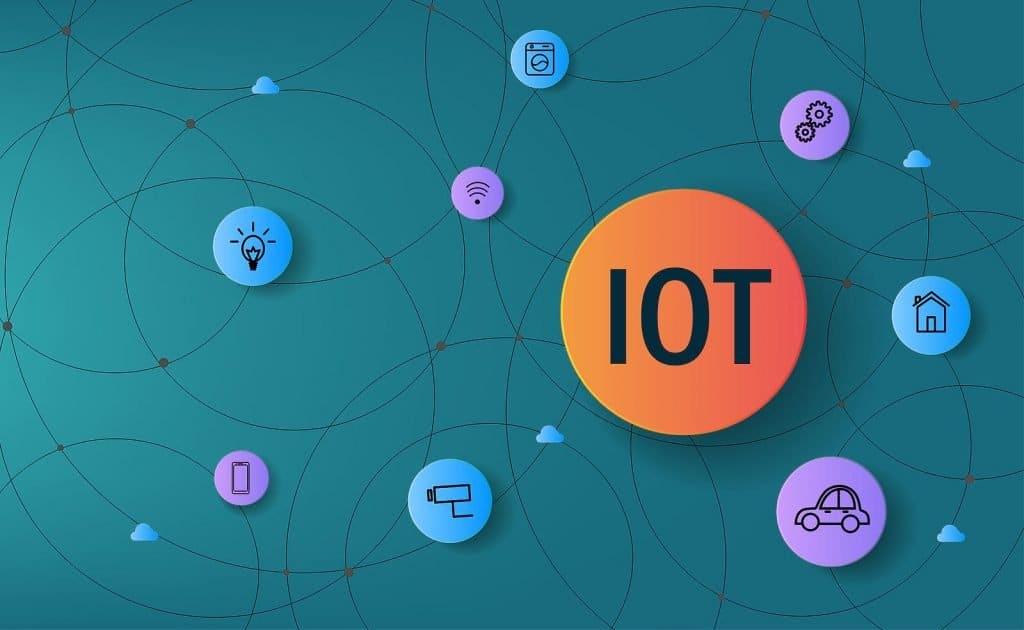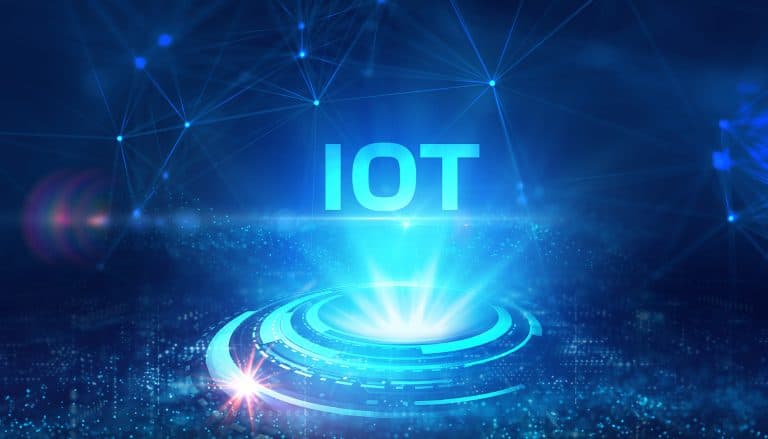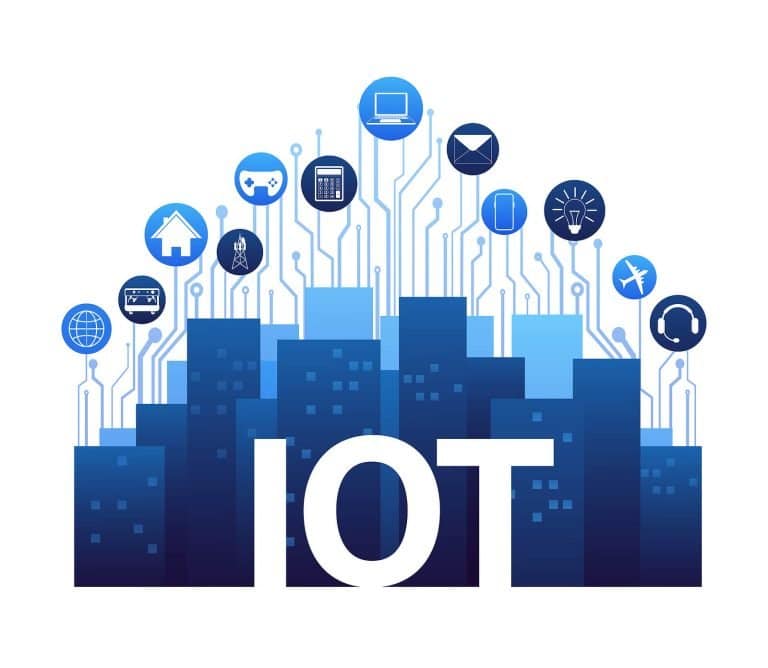IoT software employs individual and master applications for networking and action via platforms, embedded systems, partner systems, and middleware. These applications are responsible for data collection, device integration, real-time analytics, application, and process extension within the IoT network. They also integrate with critical business systems (inventory, ordering, scheduling, etc.) in the performance of related tasks.
Table of Contents
ToggleData Collection IoT Software
Data collection software manages sensing, taking measurements, light data filtering, light data security, and the aggregation of data within an IoT system. Data collection protocols assist IoT sensors in connecting with real-time, machine-to-machine (M2M) networks.
The software collects and distributes data from multiple devices, in accordance with its specific settings, and manages the transmission of all collected data to a central server.
Device Integration Software
Device integration software governs the dependent relationships, mutual cooperation, and stable networking between devices in an Internet of Things system. The software manages the various applications, protocols, and limitations of each device to enable communication — and is, for this reason, the heart of any IoT network.
Real-Time Analytics Software
Real-time analytics applications analyze information based on the various settings and designs of the devices in an IoT network, converting this input into usable insights, viable actions, or clear patterns for human analysis.
Application and Process Extension Software
This branch of IoT applications integrates pre-defined devices for specific purposes, such as providing access for certain mobile devices or engineering instruments. Application and process extension software extends the reach of existing systems and software, supports more accurate data collection, and helps improve productivity.
IoT Tools
Applications and environments making up the IoT tool-kit include software development tools, operating systems, language platforms, and frameworks. Among the best are the following:
DG Solution Builder
DG Solution Builder is a no-code application development platform with a graphical data-driven toolbox that enables developers to rapidly build visually rich, interactive web applications and dashboards.
nesC
nesC describes itself as a Programming Language for Deeply Networked Systems.
nesC is a component-based, event-driven programming language used to build applications for the TinyOS platform. TinyOS is an operating environment designed to run on embedded devices used in distributed wireless sensor networks.
IoT Tools: Sapphire OS
Sapphire is a full-stack, open-source, low power wireless platform which combines flexible low-cost hardware, a lightweight but powerful embedded operating system, and network connectivity tools.
Thingspeak
ThingSpeak is an open-source IoT application and API (Application Programming Interface) that can store and retrieve data using HTTP over the internet or via a Local Area Network (LAN). Users can create sensor logging applications, location tracking applications, and a social network of” Things” with status updates.
IoT Tools: Tiny OS
TinyOS is an open-source operating system designed for low-power wireless devices, such as those used in sensor networks, ubiquitous (everywhere and anywhere) computing, personal area networks, smart buildings, and smart meters.
IoT Software Providers
There’s currently fierce competition within the IoT software space, as start-up companies and more established players scramble to create new lines of business, introduce “no-code” development platforms, improve the way devices communicate with each other, or create a standardized environment for edge computing infrastructure.
In 2020, the roster of IoT software companies generating the most buzz includes:
Akamai
Based in Cambridge, Massachusetts, Akamai has a massive network of 240,000 edge servers across the globe, offering services like IoT Edge Connect, which aims to help companies scale IoT deployments by improving how messages are securely exchanged between devices.
IoT Software Provider: IBM
In the IoT space, IBM is offering products and services like Maximo Asset Monitor, an artificial intelligence-powered service for monitoring industrial assets, and TRIRIGA, a workplace management system with new AI capabilities.
IOTech
Based in Newcastle upon Tyne in the UK, IOTech is offering Edge Xpert, a commercialized version of The Linux Foundation’s EdgeX Foundry, which aims to simplify and standardize IoT edge computing architectures to support a variety of protocols and system integrations.
IoT Software Provider: Sight Machine
Based in San Francisco, Sight Machine offers a digital manufacturing platform, with solutions for paper and tissue, packaging, and chemical manufacturing, giving users in those industries the ability to build a digital twin of their entire manufacturing process.
IoT Software Provider: Zededa
From its base in Santa Clara, California, Zededa aims to make the IoT more open and interoperable through its Edge Virtualization X engine. This offering is based on the open-source Project EVE, allowing organizations to run legacy applications in virtual machines while spinning new apps into containers.
IoT Software Platforms
An IoT platform is a multi-layer technology solution used to manage and automate the connected devices of an IoT network. The platform provides all the services required to connect the devices for machine to machine (M2M) communication.
In 2020, the list of the most popular IoT software platforms includes:
Amazon Web Services (AWS)
The world’s largest cloud service provider, Amazon Web Services (AWS), also provides IoT offerings and services, with recent updates like container support for AWS IoT Greengrass and the launch of AWS IoT Events.
The AWS IoT Core platform allows devices to connect with the cloud and interact with other devices and cloud applications. It provides support for HTTP, lightweight communication protocol, and MQTT.
IoT Software Platforms: Google Cloud
With its Cloud IoT Core offering, Google Cloud gives subscribers the software needed to connect devices and analyze data, with use cases ranging from predictive maintenance and real-time asset tracking to smart cities and buildings.
IRI Voracity for IoT
IRI Voracity is a fast, affordable platform for data discovery, integration, migration, governance, and analytics. The platform can transform, report, and anonymize device data streaming through Kafka or MQTT. Voracity has a small footprint data manipulation engine for fast data aggregation on the edge, plus a full-stack Eclipse IDE for metadata-driven, graphical data integration, and analytics.
IoT Software Platforms: Particle
Particle provides IoT solutions for hardware, connectivity, device cloud, and apps. For connectivity, Particle offers three products: Cellular, Wi-Fi, and Mesh. The software platform provides Device OS, Device Cloud, IoT Rules Engine, and developer tools.
Salesforce IoT Cloud
Salesforce IoT Cloud enables users to take a programming-free approach to testing business ideas. The platform lets users create device profiles for customer context data in CRM (Customer Relationship Management) and stream data from connected devices. Using RESTful API, you can import data from any source and obtain a real-time view of data traffic on the IoT network.
IoT Software Platforms: ThingWorx
A platform for managing the development life cycle of IoT applications, ThingWorx makes Industrial IoT and application data accessible from on-premise web servers, off-premise cloud applications, and hybrid environments. Increased uptime, reduced costs, role-based visibility and control, and improved compliance are some of the platform’s benefits.






